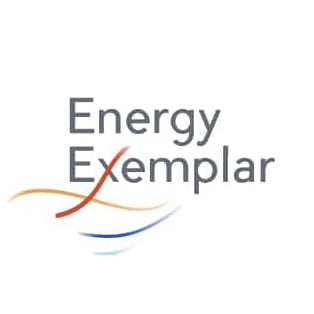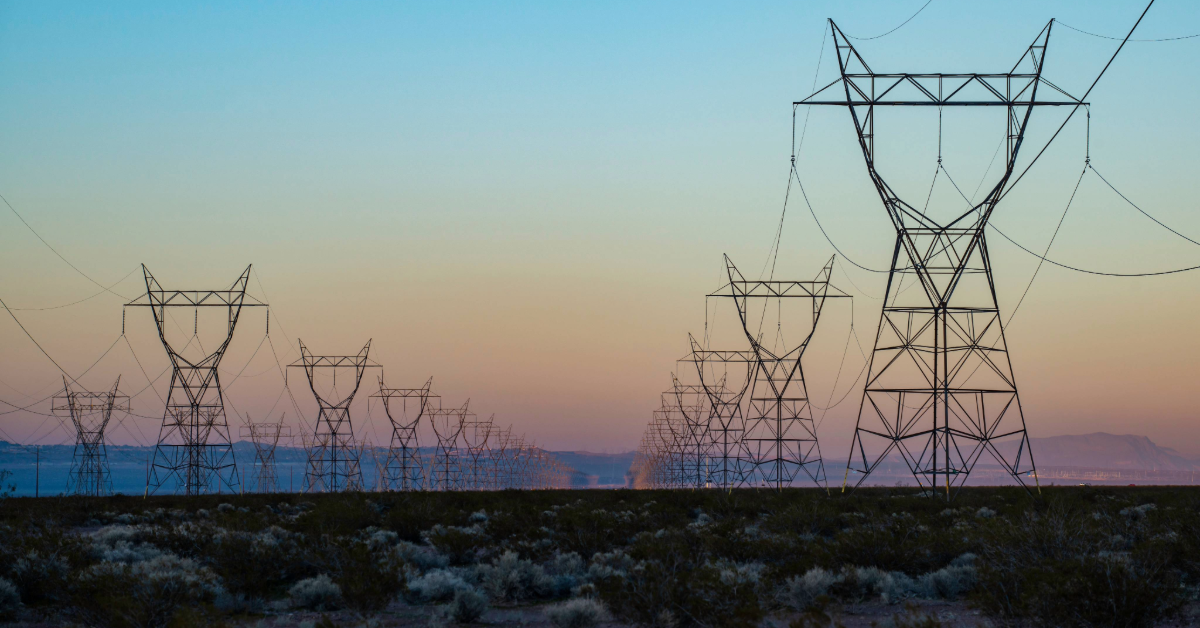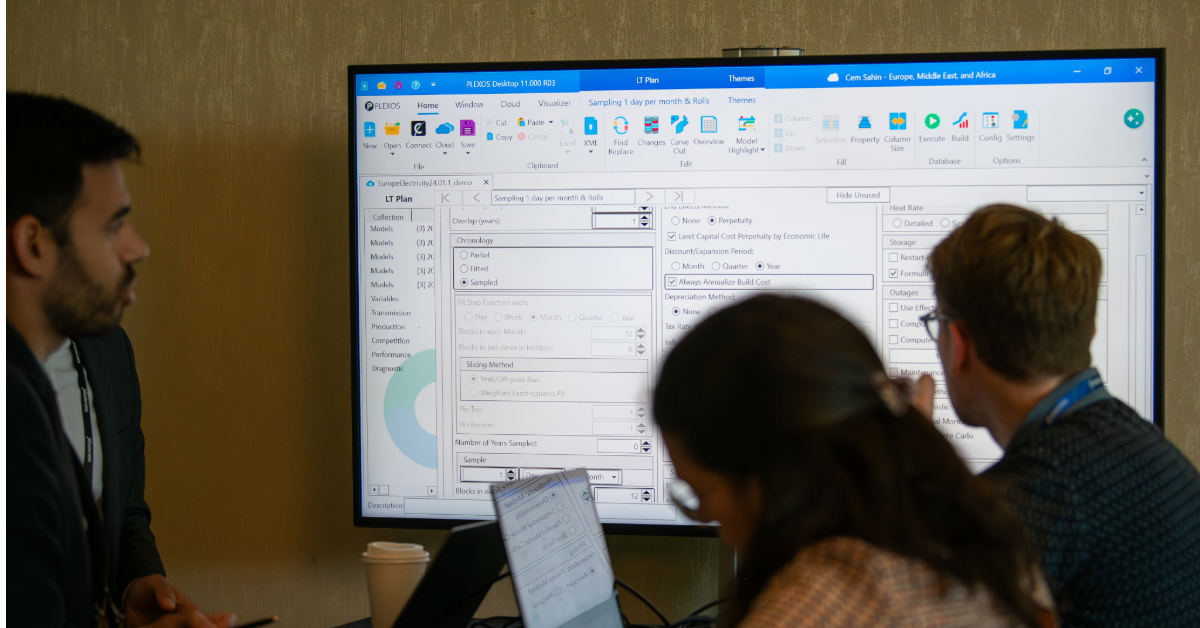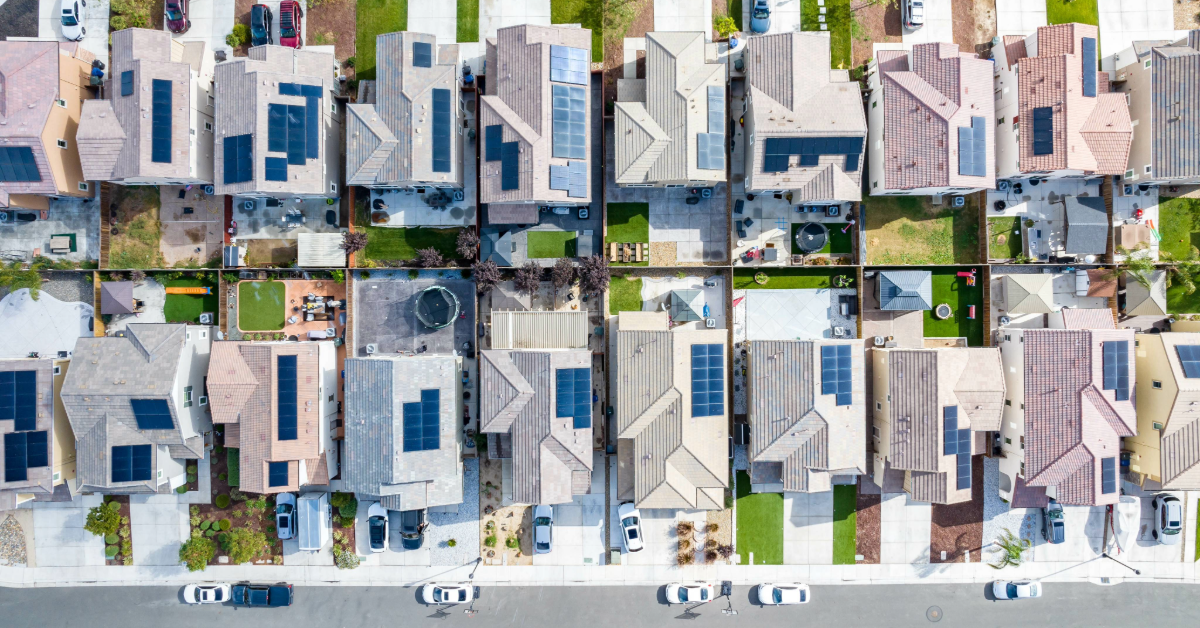Modeling the Impact: Does the OBBBA Change the Generation Mix Long Term?
In Part 1 of this blog series based on our recent webinar, Harnessing the Winds of Change: The Future of Green Energy in a Turbulent Present, we...
3 min read
 Team Energy Exemplar
:
September 15, 2025
Team Energy Exemplar
:
September 15, 2025

In Energy Exemplar’s recent webinar, Harnessing the Winds of Change: The Future of Green Energy in a Turbulent Present, Senior Product Manager, Rob Homer, opened with a quote from FERC Chairman Mark Christie to set the stage:
“The combination of rapidly increasing electricity demand, driven by hyperscale customers such as data centers, paired with the alarming rate of baseload generation retirements and lack of dispatchable generation is not sustainable and must be addressed.”
Homer went on to outline 4 key drivers of an energy landscape that is shifting rapidly:
This blog will focus on these 4 key drivers of the current landscape - keep an eye out for part two where we’ll dive into a PLEXOS ® analysis of the OBBBA’s impact on renewable development.
It’s no secret that data centers are the topic of the hour, predicted to significantly increase loads across the globe. Research by Goldman Sachs projects that global power demand from data centers will increase 50% by 2027 and up to 165% by 2040 from 2023 levels.
This growth is not hypothetical. Major hyperscalers are actively requesting sites requiring between 1 and 5 GW of capacity — a scale equivalent to building several nuclear power plants within the timeframe of a single load interconnection study. The implications for the energy industry are profound: transmission, siting, permitting, and resource adequacy must all adjust to match this new demand profile.
The key takeaway from the US Department of Energy’s (DOE) recent Resource Adequacy Report was that if the current retirement schedule and incremental load additions remain unchanged, most regions will experience unacceptable reliability risks within five years. DOE modeling shows that annual outage hours could rise from the low single digits to over 800 hours per year by 2030, leaving millions of customers vulnerable. Additionally, to adequately evaluate resource adequacy, modern methods must:
Dive deeper into the drivers of the shifting US power grid in our on-demand webinar, Harnessing the Winds of Change: The Future of Green Energy in a Turbulent Present, and hear the latest insights directly from our industry experts.
Compounding the issue is that interconnection queues across the country are significantly backlogged. Interconnection wait times now average five years from request to commercial operation, with less than 10% of projects in the queue expected to reach commercial operation within three years. From 2021 to 2023, more than 6,500 projects entered the queue — triple the rate seen a decade earlier — but without infrastructure to support them, most won’t be built on time, if at all.
Cutting the interconnection queue wait times is a significant priority for the Federal Regulatory Commission (FERC). As a result, FERC issued a new rule to reform procedures and agreements that transmission providers use to integrate new generating facilities into the existing transmission system. Designated FERC Order 2023, the rule aims to:
If the physical system is strained, the policy environment is even tighter. Until May 2025, the Inflation Reduction Act (IRA) defined the incentives landscape. That changed with the passage of the OBBBA, which introduced compressed timelines and stricter eligibility rules for renewable developers.
The Inflation Reduction Act consisted of three key pillars:
Then, in May of this year, much of this changed with the OBBBA. Key changes made under the OBBBA include:
The energy landscape is shifting worldwide, but in the US these shifts are driven particularly by data center load growth, reliability concerns, interconnection delays and policy changes. How will these policy changes affect the makeup of the US power grid in the future? In part 2, we’ll look at how the Energy Exemplar team used PLEXOS® to simulate this policy-constrained future — and what the results reveal about investment decisions in the post-OBBBA world.
Watch our on-demand webinar, Harnessing the Winds of Change: The Future of Green Energy in a Turbulent Present, to hear our industry experts breakdown these key drivers and discuss how to navigate a shifting energy landscape.

In Part 1 of this blog series based on our recent webinar, Harnessing the Winds of Change: The Future of Green Energy in a Turbulent Present, we...

Data centers are reshaping electricity planning in North America. Driven by rapid growth in hyperscale computing, AI workloads, and cloud...

The energy industry has undergone significant change in the past twenty years or so, and while new technologies enter the stage, and older players...